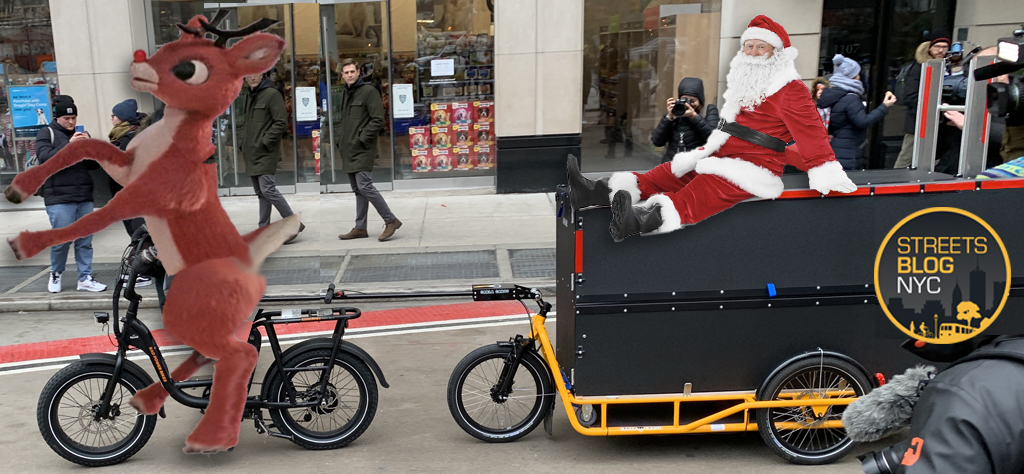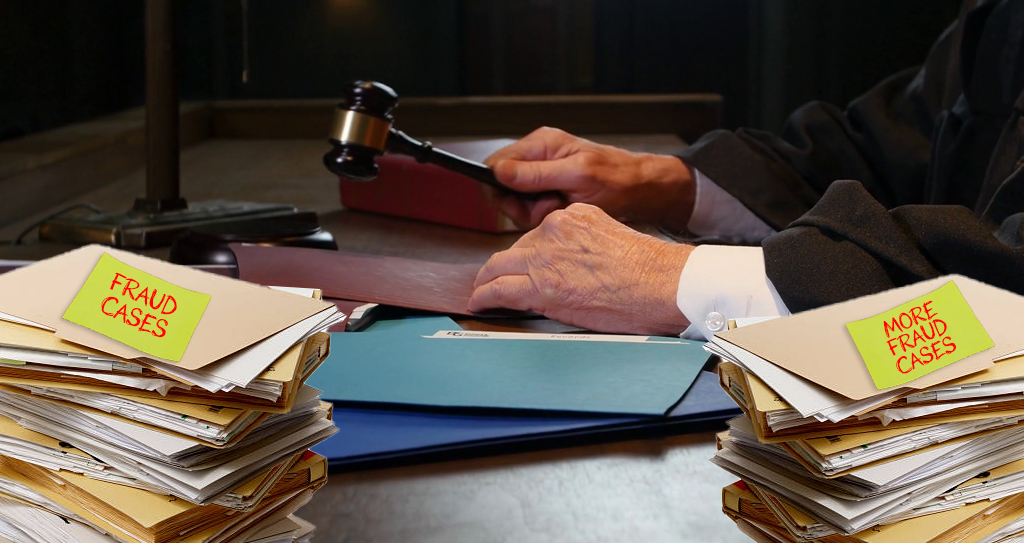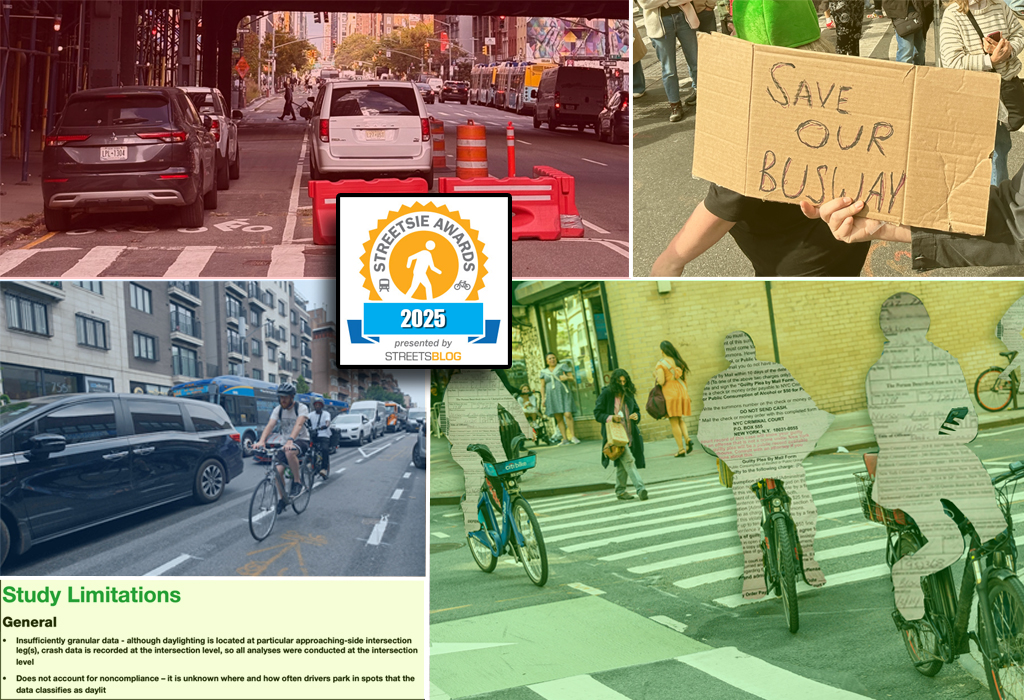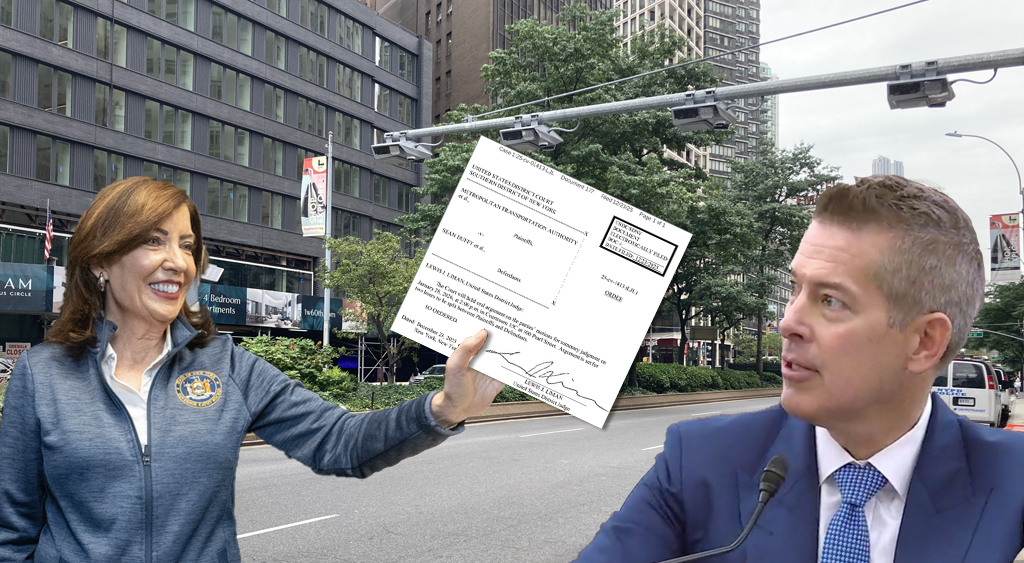Last Friday, the Senate Environment and Public Works Committee released its draft transportation reauthorization bill. With the GOP-controlled House contemplating a national transportation policy designed for maximum fossil fuel consumption, the best opportunities for reform reside in the Senate.

While the 600-page draft that came out of Senator Barbara Boxer's committee includes some key reforms and increases funding for the TIFIA loan program, it also eviscerates successful and popular programs to make biking and walking safer.
Called "Moving Ahead for Progress in the 21st Century" (MAP-21), the bill would streamline the existing eco-system of federal transportation programs. In addition, earmarks -- set-asides for Congress members' pet projects that have included famously wasteful items like the Bridge to Nowhere -- would be eliminated once and for all.
But among the casualties are three key bike-ped programs: Transportation Enhancements, Safe Routes to School, and Recreational Trails. Those programs would be consolidated and listed as "eligible uses" under an $833 million subset of the Congestion Mitigation and Air Quality Program (CMAQ). That would represent a sharp drop from the $1.15 billion devoted to those programs in 2010. That year, Transportation Enhancements was funded at $878 million, Safe Routes to School at $183 million, and Recreational Trails as $85 million.
States could also divert their share of the $833 million to projects that add traffic lanes or don't involve bike and pedestrian infrastructure at all. The bike-ped sub-category of CMAQ spending would be broadened to allow new road construction as an eligible use if the project "enhances connectivity and includes public transportation, pedestrian walkways or bicycle infrastructure." Advocates are also concerned about a provision of the bill that allows states to opt out of using federal bike-ped funds altogether. The bill enables states that don't use their bike-ped funding to spend it on other CMAQ projects instead.
The weakening of bike-ped programs is especially incongruous given the way Transportation Enhancements have withstood repeated GOP attacks this session. But EPW Chair Boxer has always made it a point to garner GOP support for this bill, and her counterpart on the committee, Oklahoma Republican James Inhofe, has been equally steadfast in opposing dedicated bike and pedestrian funding. Boxer had reassured advocates this summer that bike-ped programs would remain in the bill, but it seems they have been neutered in negotiations with Inhofe.
Meanwhile, MAP-21 does include some strong reform language in other areas. Earmarks would be eliminated by law -- a tougher ban than the anti-earmark rule that currently exists. The bill also includes some measures intended to reduce bureaucratic hurdles and speed project delivery.
The bill would increase accountability for state DOTs and metropolitan planning organizations -- the agencies that actually decide how to spend most federal surface transportation funding -- by establishing performance measures that would track progress toward specific targets, instead of handing the states a blank check. In theory, such reforms could serve as a check on sprawl. Streetsblog is looking into how the performance-based funding system would function and will have more in a future post.
The bill would also boost support for the financing techniques that Los Angeles Mayor Antonio Villaraigosa has pushed for under the banner of "America Fast Forward," a concept that has enjoyed strong bi-partisan support. The new "Transportation Infrastructure Finance and Innovation Program" would expand the existing TIFIA loan program and allow states and cities to leverage revenue from local tax measures with federal financing to move projects forward faster. The bill would raise the maximum share of project costs funded through TIFIA from 33 to 49 percent and would reserve $1 billion in financing for the program annually, up from $300 million.
Noticeably absent is any provision for a national infrastructure bank. Instead the bill seeks to encourage state infrastructure banks, a position favored by House Republicans.
The EPW bill will be marked up in Boxer's committee this Wednesday. Whatever emerges from the Senate will be drastically different than the House transportation bill, starting with the fact that GOP leadership in the House have pledged to pass a six-year bill, as opposed to the two-year bill put together by Boxer.





